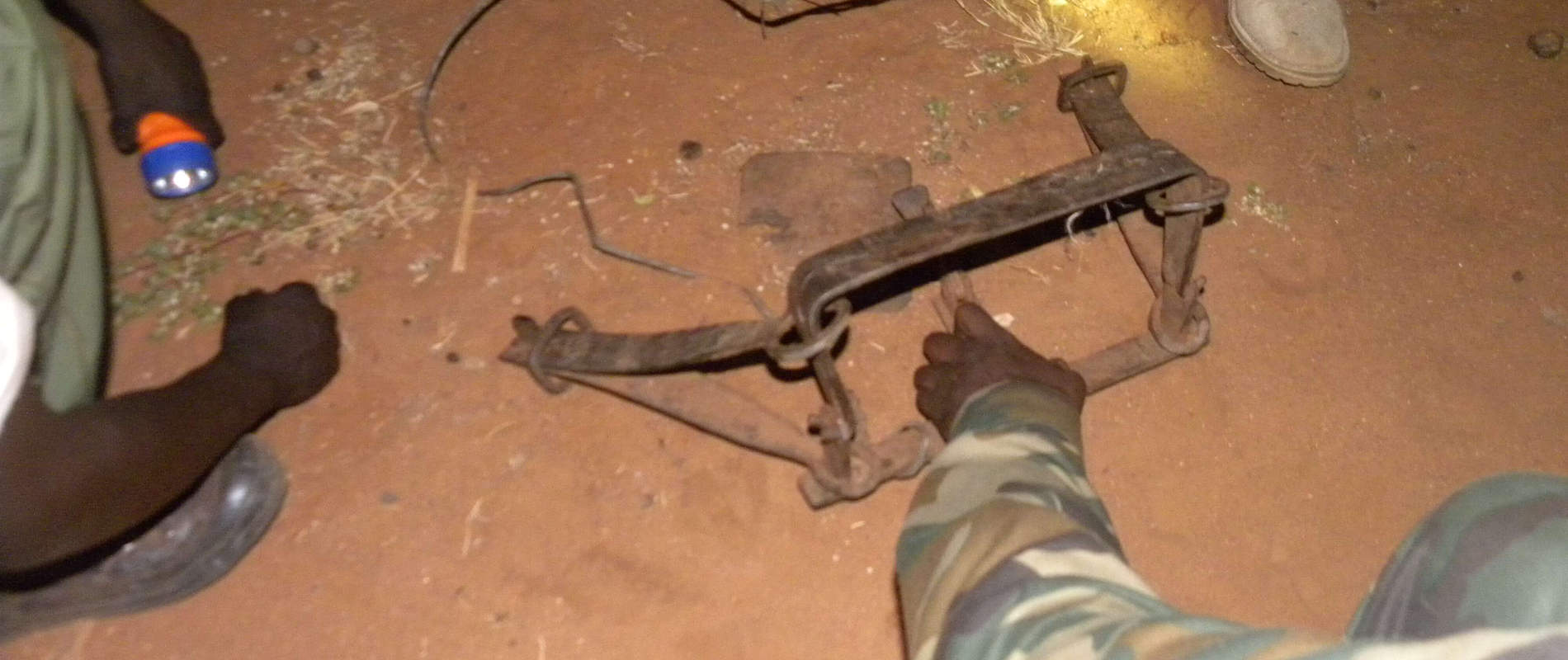The Anti-Poaching Teams, like the DSWT’s Aerial Unit, also noted a rise in poaching activities during March
The Anti-Poaching Teams, like the DSWT’s Aerial Unit, also noted a rise in poaching activities during March. The teams, in collaboration with the DSWT pilots, discovered 14 elephant carcasses; although a number of these were older carcasses from earlier in the year, there were many which were fresh and had already had their ivory removed by poachers. The Burra team uncovered 7 elephant carcasses, whilst the Mobile team found 3, and the Mtito and Tiva teams both found 2. With this information, the teams are further concentrating efforts in the areas currently being targeted by poachers during the dry season.
During the month, the teams were active in making arrests, apprehending 28 offenders, 7 of which were bushmeat poachers, 11 livestock herders, 5 charcoal burners, 2 loggers and 3 harvesters. The teams were also alert to all signs of human activity in the Parks tracking down potential ivory poachers with support from the DSWT helicopter and dog unit, whilst discovering and destroying 7 poachers’ camps/blinds. During these patrols the teams also lifted 234 snares and destroyed 22 charcoal kilns.
Due to the ongoing drought and poaching activities in March, the teams were involved in 4 baby elephant rescues as well as an elephant treatment with support from the Tsavo Mobile Veterinary Unit. The units also handled 37 human-wildlife conflict cases of which 35 were directly responded to by the Chyulu team, who operate in an area of high human-elephant conflict.
You can read the full report here:
